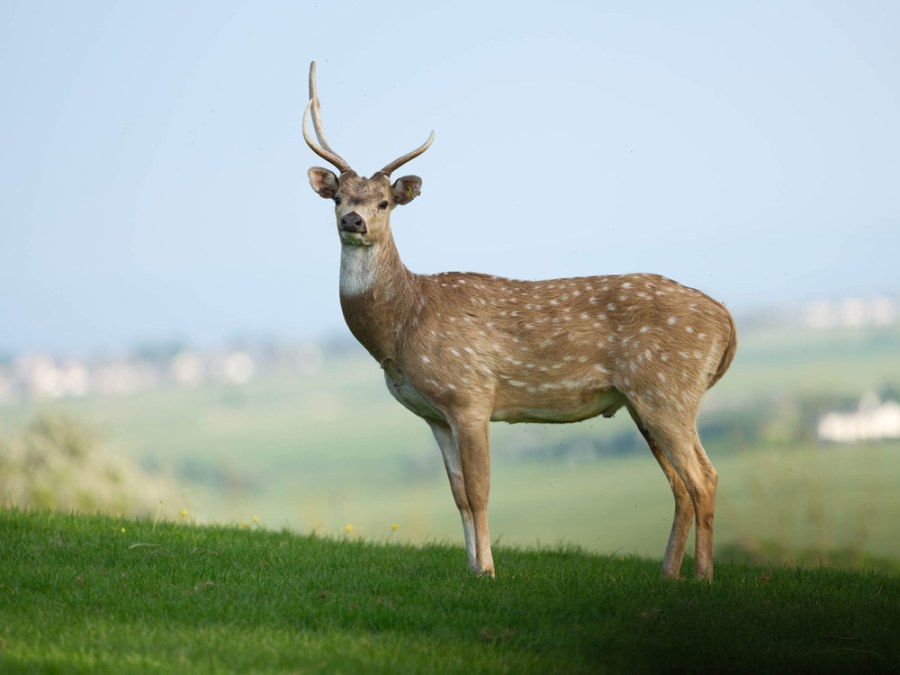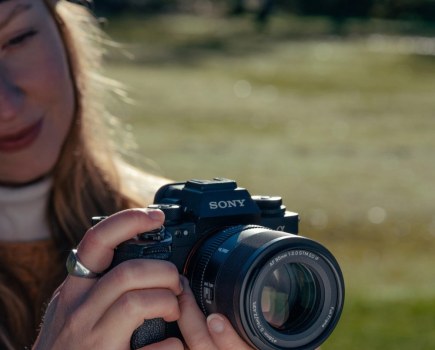In partnership with Fujifilm
Fujifilm’s latest medium format mirrorless cameras provide some significant advantages over full-frame devices. Here’s a taste of what they have to offer, and their key advantages.
In the ever-evolving world of photography, Fujifilm’s latest medium format cameras, the GFX100 II and the GFX100S II, offer photographers compelling reasons to jump beyond full-frame systems to medium format photography.
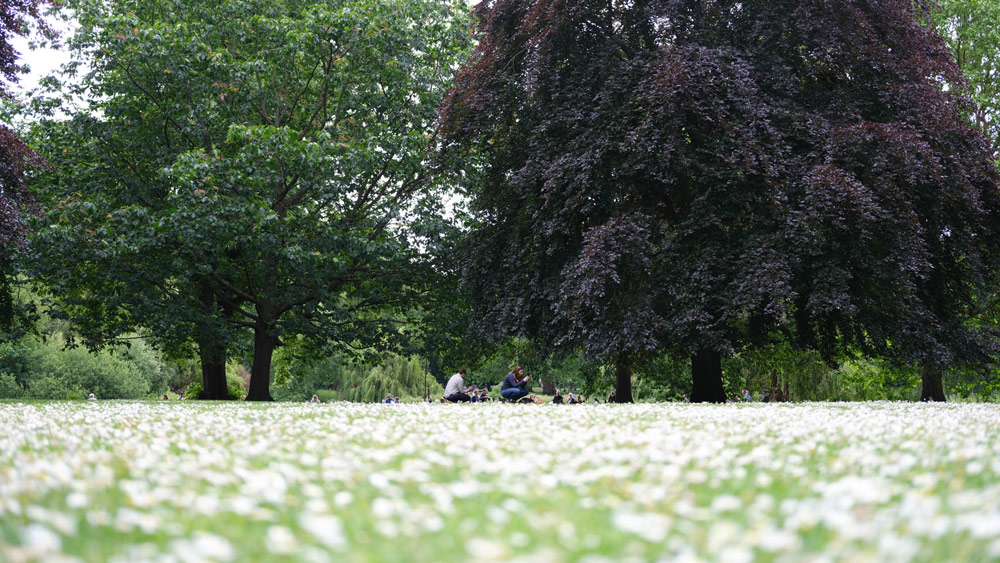
These two cameras not only push the boundaries of image quality but also introduce features that make them accessible to a wider audience, without compromising on the unique advantages that medium format brings.
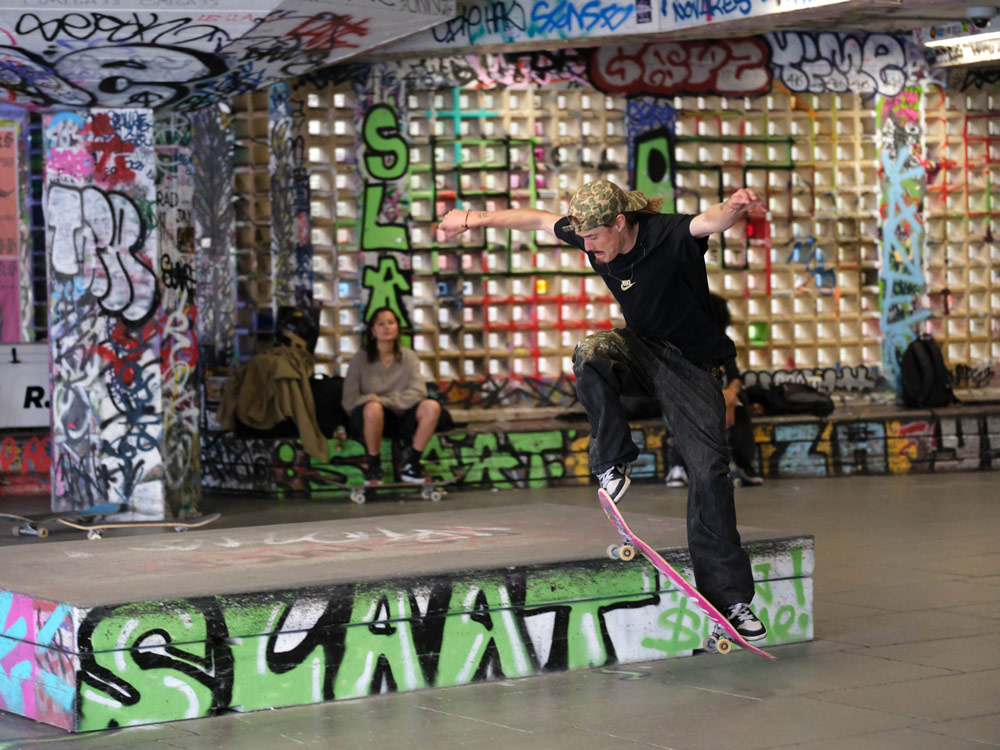
Image quality: the medium format advantage
The most significant advantage of the Fujifilm GFX100 II and GFX100S II over full-frame cameras is their superior image quality. This is largely down to their bigger sensors. The GFX100 II and GFX100S II both feature a 102-megapixel sensor that measures 43.8 x 32.9mm, that’s around 1.7x the size of a full-frame (35mm format) sensor.
Also, their pixel count of 102 million is approximately 41% higher than that of the highest-resolution full-frame mirrorless camera currently available (as of 1st July 2024). That pixel count allows the GFX100 II and GFX100S II to capture an incredible level of detail that full-frame sensors cannot match.
What’s more, if you’re interested in making prints, at 300ppi (pixels per inch) those 11648 x8736 pixels can be used to make prints of just under 1m wide (98.62 x 73.96 cm). That gives them instant impact on a wall.
In addition, the huge resolution of these sensors means photographers can crop their images more aggressively than a full-frame image without losing detail. That’s a substantial benefit for many photographers.
Of course, it’s not just the pixel count of a sensor that’s important to image quality, sensor design plays a role too. Both the GFX100 II and GFX 100S II have 102MP backside-illuminated (BSI) CMOS sensors, which gives them better light-gathering potential than a standard sensor. This results in lower noise levels at high ISO settings.
In addition, the flagship GFX100 II’s sensor is an HS (high speed) chip which means that its data readout speeds are incredibly fast to facilitate 8K video capture and control rolling shutter.
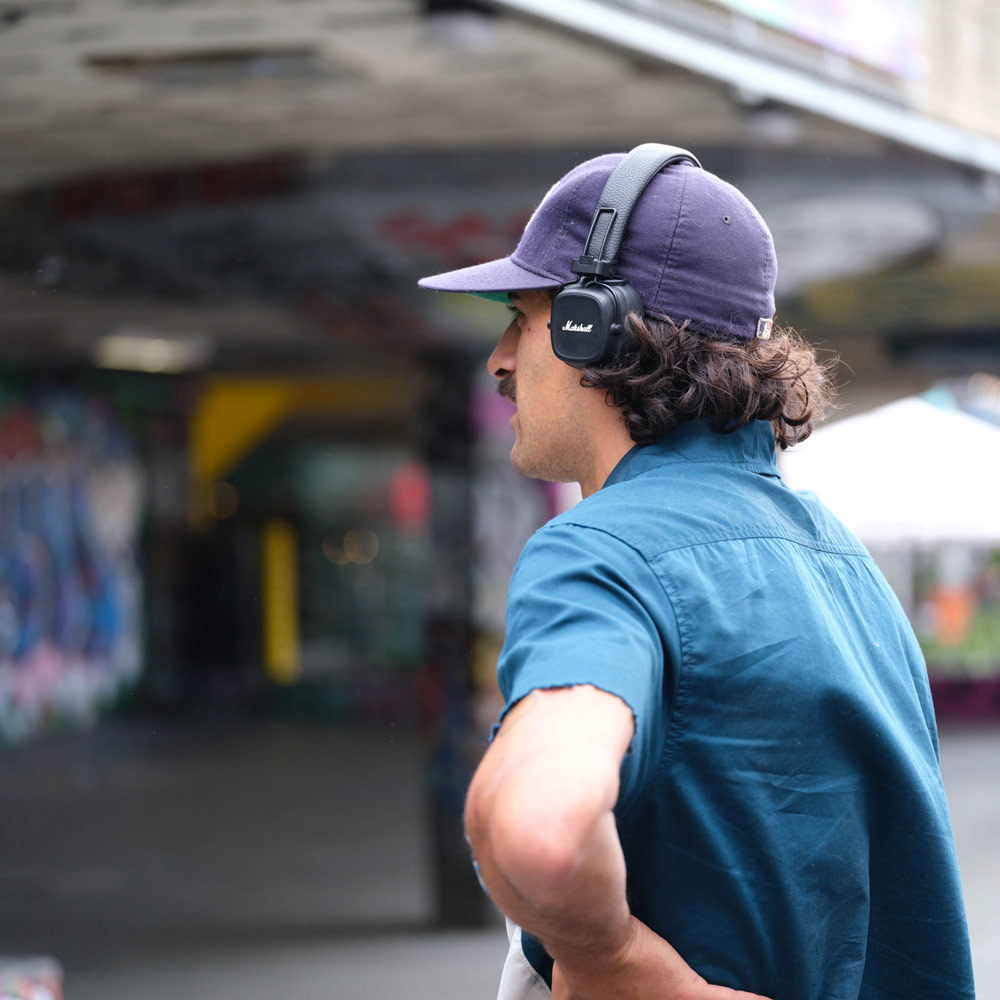
Dynamic range and colour depth
The dynamic range of the GFX100 II and GFX100S II is another area where they outshine full-frame cameras. The ability to capture a wider range of tones from the deepest shadows to the brightest highlights means that photographers have more flexibility in post-processing. This extended dynamic range is particularly beneficial for high-contrast scenes such as sunrise and sunset landscapes or high-key portrait shoots.
Colour depth is another critical area where medium format photography excels. The GFX100 II and GFX100S II are capable of capturing 16-bit images that deliver a broader spectrum of colours, rendering more accurate hues and subtle tonal gradations.
Consequently, the cameras are ideal for portrait photographers who need to capture the fine details and delicate tones of their models’ skin, as well as for still life and landscape photographers who demand colour accuracy.

And of course, all of Fujifilm’s widely-respected and much-loved Film Simulations Modes are on hand to deliver superb-looking JPEGs straight from the camera.
Build quality and handling
Despite their advanced technology, the Fujifilm GFX100 II and GFX100S II are both robust and user-friendly. Their control and menu arrangements are easy to get to grips with.
The GFX100 II is slightly larger and heavier than the GFX100S II, and it has a modular design which allows the 0.64-inch 9.44m-dot OLED viewfinder to be removed if it’s not needed. There’s also an optional adapter that allows the finder to tilt through 90° when shooting horizontal images and from -45° to +45° when shooting in portrait orientation. It means that its easy to find a comfortable viewing angle however you’re shooting.
Meanwhile, the GFX100S II, which has a fixed 5.76-million-dot OLED viewfinder, is the more compact and lightweight of the two medium format cameras. In fact, at 150.0 x 104.2 x 44.0 mm and 838g, it’s similar in size and weight to a typical full-frame DSLR. This makes it more portable and easier to use for photographers on the move.

Fujifilm has given both cameras a 3.2-inch, 2.36-million-dot 3-way tilting touchscreen display. This can be tilted to give a clear view in either landscape or portrait orientation, which is great for creative photography. Both cameras are also weather-sealed, which is good news for anyone wanting to take photographs in less than perfect conditions.
Movie star
Fujifilm has not neglected video performance of the GFX100 II and GFX100S II. Both cameras support 4K video recording at up to 30P, and the GFX100 II also offers 4K at 60P or 8K video at 30P. Thanks to the large sensors, you also get a unique cinematic look with beautiful depth of field and exceptional low-light performance.
In addition, both cameras offer offer advanced video features such as F-Log2 (for 14+ stops of dynamic range), 10-bit 4:2:2 recording and 12-bit ProRes RAW recording to an external device connected via HDMI. It all adds up to give videographers bags of flexibility during recording and in post-production. The two cameras are also compatible with direct frame.io Camera to Cloud, and the GFX100 II can record to a connected SSD.
A glass act
Fujifilm has developed a robust line-up of GF lenses for its medium format cameras with optics suitable for a wide range of applications. The new GF500mmF5.6 R LMN OIS WR, for example, is a great introduction for anyone looking to photograph wildlife or sport with a medium format camera. If that’s longer than you need, there’s the GF250mmF4 R LMN OIS WR or the GF120mmF4 R LMN OIS WR Macro which allows you to get as close as 45cm from your subject for 1:2 reproduction ratio.

Naturally, there are also plenty of shorter focal length lenses for the GFX system. At just 48mm in length and weighing only 335g, the GF50mmF3.5 R LM WR is great choice for travelling light or keeping your kit compact.
Fujifilm also has two tilt-shift lenses with the GF mount, the GF30mmF5.6 T/S and GF110mmF5.6 T/S Macro, which are perfect for architecture and product or still life photography. If zoom lenses are more your thing, there are currently five in the GF line-up with focal lengths spanning the range 20mm to 200mm.
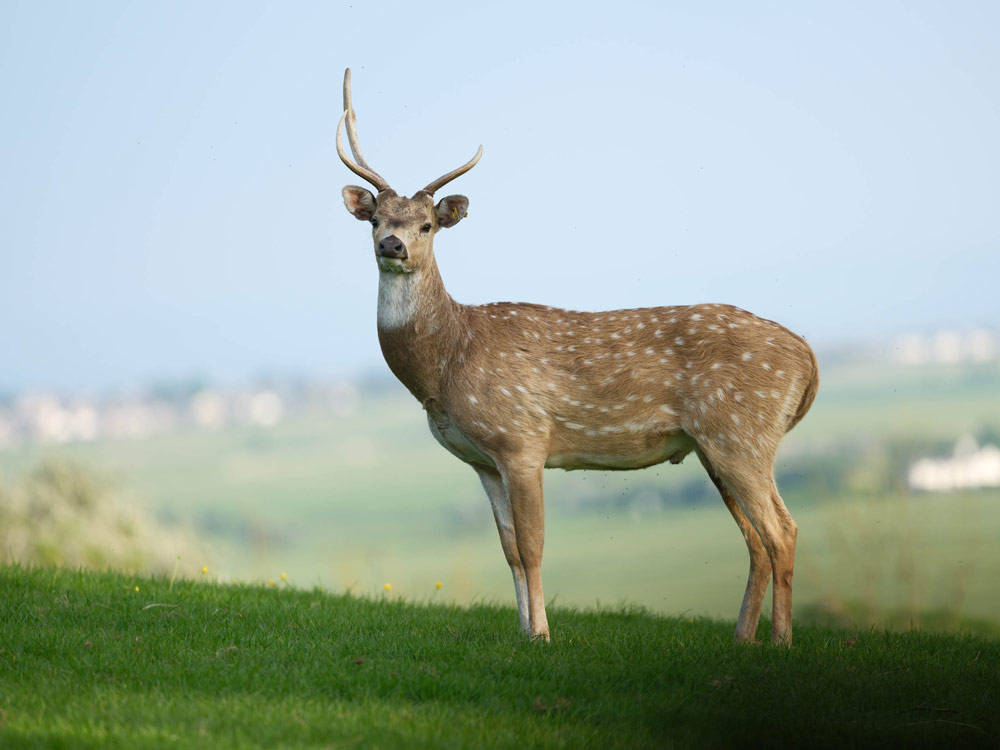
Fujifilm GFX100 II and GFX100S II: a final word
The Fujifilm GFX100 II and GFX100S II make a significant step forward for medium format photography with advanced features that enable them break out of the traditional confines of the genre.

The GFX100 II and GFX100S II are equally at home outdoors in natural light as they are in the studio with flash. Their robust build and excellent handling means they are suitable for a wide range of creative photography and they produce image quality beyond the capabilities of a full-frame cameras.
Further reading
Shooting Fujifilm GFX100S II with the 500mm F5.6 telephoto lens

